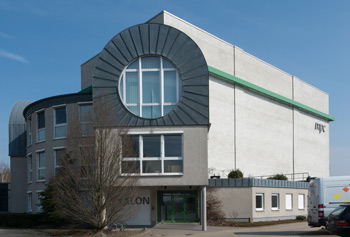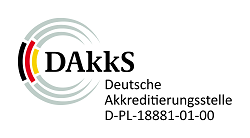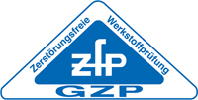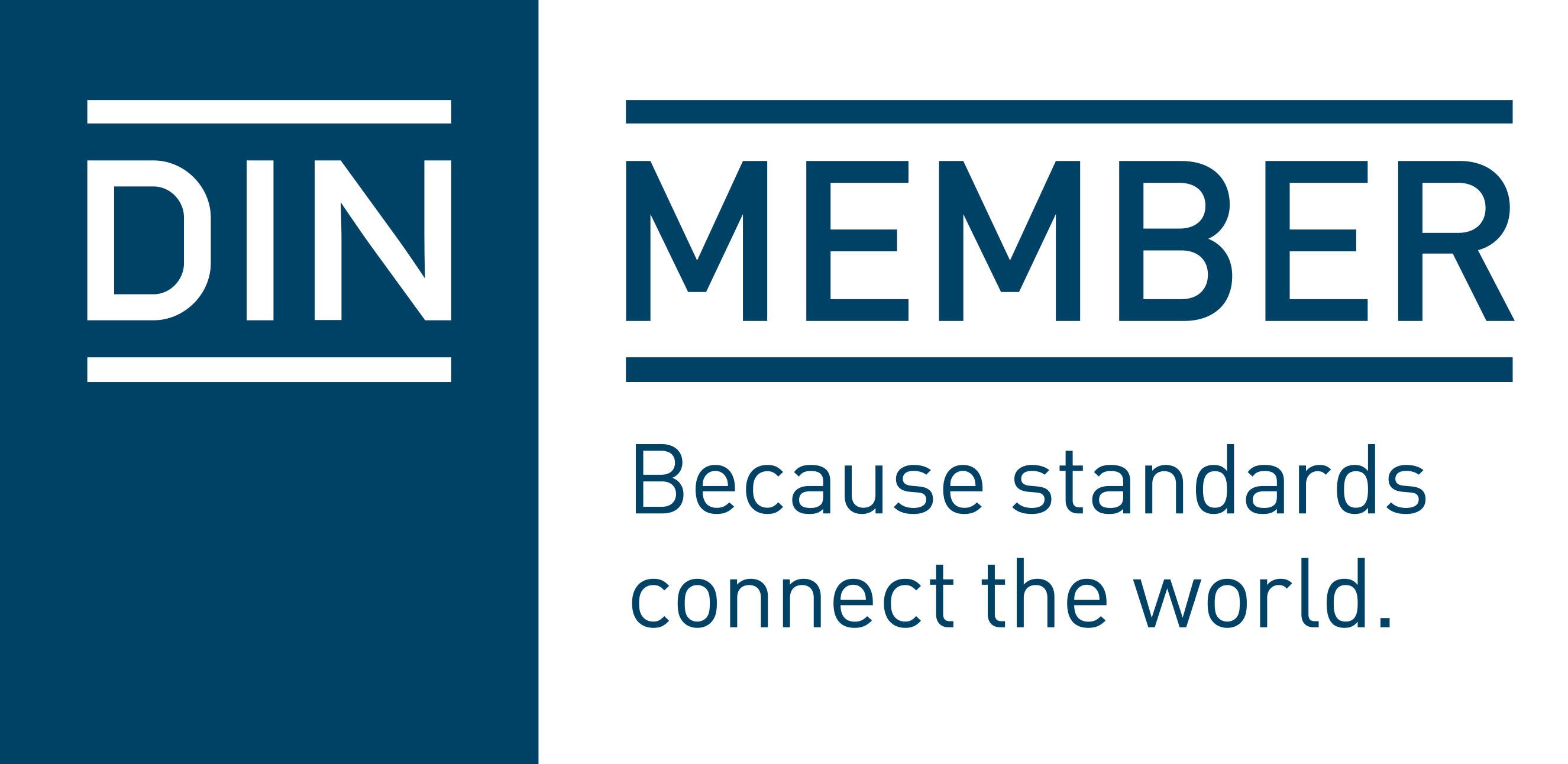Radiographs are evaluated in a darkened room with special film illuminators. The minimum requirements on these illuminators are defined in DIN EN 25580.
The evaluation of radiographs is only allowed for personnel that are at least certified according to level 2 of EN 9712 resp. level II (SNT-TC-1A).
Before the evaluation, the image quality is checked with regards to the optical density, the requested IQI readings, the completeness of the test area and the identification marks.
If the film viewing shows the presence of discontinuities in castings or welds, different tools (standards and codes) are used, in order to evaluate the acceptability of these indications.
The basis for evaluation of discontinuities in welds is usually their maximum dimensions (length, width, diameter) as well as their distances and their frequency. The requirements for this can be found e.g. in:
| AD 2000 HP 5/3 | AD 2000-Merkblatt Zerstörungsfreie Prüfung der Schweißverbindungen |
| DIN EN ISO 5817 | Schweißen - Schmelzschweißverbindungen an Stahl, Nickel, Titan, und deren Legierungen (ohne Stahlschweißen) Bewertungsgruppen von Unregelmäßigkeiten |
| DIN EN ISO 10675 - 1 | Zerstörungsfreie Prüfung von Schweißverbindungen – Zulässigkeitsgrenzen für die Durchstrahlungsprüfung – Teil 1: Stahl, Nickel, Titan und deren Legierungen |
| ASME Sect. VIII | Rules for construction of pressure vessels Division 1 UW-51 Radiographic examination of welded joints UW-52 Spot examination of welded joints |
For castings reference catalogues are used. These catalogues contain radiographs of typical casting discontinuities as shrinkage, porosity, inclusions and so on. There are reference images for every type in different severity levels. The type and severity of discontinuities in the test object are classified by comparison with these reference radiographs. The appearance and the imaging of the discontinuities are depending on the material, the wall thickness and the used radiation energy. For this reason, there are eight different catalogues from ASTM only for steel castings:
| ASTM E-446 : For wall thickness up to 51 mm |
VOL 1 for 250 KeV X-Ray |
| ASTM E-186 : For wall thickness 51 up to 114 mm | VOL 1 for Ir 192 und 1 MeV X-Ray VOL 2 for Co 60 und 2 MeV X-Ray VOL 3 for 4 – 30 MeV X-Ray |
| ASTM E-280 : For wall thickness 114 up to 305 mm | VOL 1 for Co 60 und 2 MeV X-Ray VOL 2 for 4 – 30 MeV X-Ray |
There are more reference catalogues from ASTM for other materials.
Moreover, there is e.g. the VDG-Merkblatt ‘P-541’, which serves as reference catalogue especially for spheroidal cast iron. In deviation form steel castings, there is nearly only one type of discontinuities, namely the so called sponge shrinkage. This is an aggregation of a great number of very small holes. The intensity of the imaging of the shrinkage is depending on the concentration of the holes. Therefore this catalogue only knows one type of shrinkage that is displayed in eight different sizes with different intensities of for each size. For some of the discontinuities micrographs have been made. They are part of the catalogue, too.
Discontinuities that were found by film evaluation are documented by noting the discontinuity type and severity and then characterised as acceptable or not acceptable according to the required severity level. The criteria for acceptability result from object and application specific codes.







